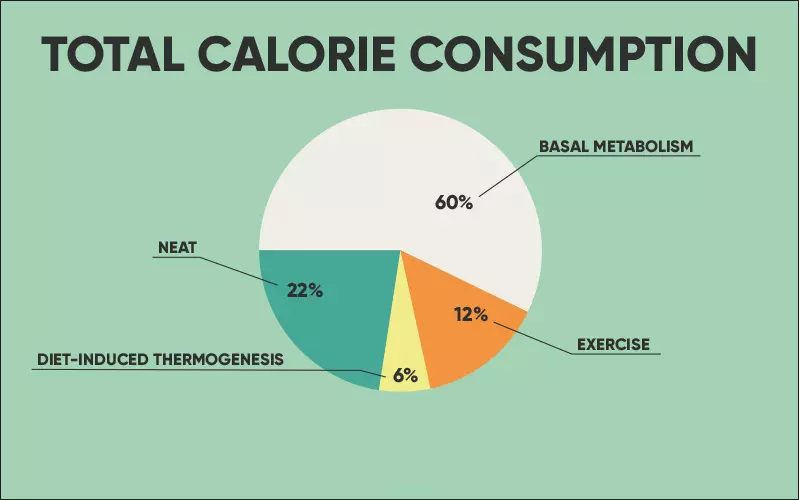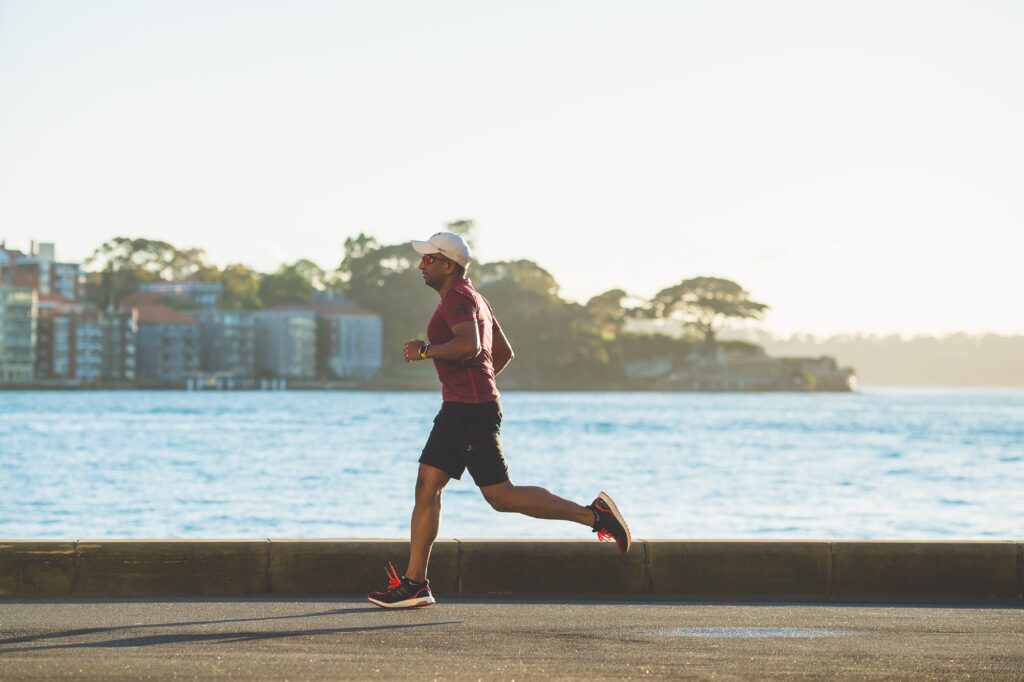Following common imaginary, when we want to lose weight cardio is the first thing that comes to mind. A simple online search will show as the top results bodyweight exercises programs or slow steady run. But is it reality? Can you just do cardio to lose weight?
Actually, in order to lose weight and do it in the right way, you need to do some sort of resistance training. Weights. Yes, weights. As you might already know, weights build muscle and more muscle means higher metabolism. Higher metabolism conduces to a better body composition overall. And fear not, lifting weights won’t make you bulky… becoming Arnie won’t happen overnight or by accident!
Why cardio alone is not enough
Don’t get me wrong, doing cardio is better than doing nothing at all. If you live a sedentary lifestyle you will benefit from doing any sort of activity, even light cardio. Now, if you are aiming to be healthier, look better, perform better and have an advantageous body composition cardio will get you only so far.
We think that in order to lose weight we have to sweat, we have to burn calories; that’s somewhat true. Remember? Calories in vs. calories out. The problem with this approach is that it doesn’t work… simply because it’s partially true. And I’m going to give you three reasons for that.
Reason #1: calories
Your TDEE (Total Daily Energy Expenditure) is the sum of 4 factors (in order of importance):
- Rest Metabolic Rate (the amount of energy you burn while resting)
- NEAT (Non Exercise Activity Thermogenesis, i.e. whatever you do outside of the gym such as walking, climbing stairs, house chores…)
- Exercise
- Diet-induced thermogenesis

As you can tell, exercise only accounts for 12% of our TDEE, the biggest part of which is our RMR. This doesn’t mean 12% is nothing, but it’s not the only thing we should focus on. In fact, most of the time we don’t achieve out goals because we focus on the wrong thing. As an example, if you change nothing and start to run 2 or 3 times a week you might see some improvement, but you will not get the best out of your effort.
The RMR is mainly driven by our muscles mass: muscle fibers in fact is what burns energy and the more muscle tissue we have, the higher our RMR will be. This is why we can expect to burn more calories at rest if we have more lean mass.
Reason #2: food
If you do cardio for one hour you roughly burn 200 to 300kcal; a cookie at Starbucks is 450kcal. I’ll leave it to you. If you are trying to out-train your diet, this simple example shows you it’s almost impossible. Actually, the opposite happens more often: we don’t pay attention to what we eat, so we easily fall off the wagon and ruin all the precious work we did with our workout.
Reason #3: muscle
As I said before, the amount of muscle mass is the determining factor in how much calories you burn; if you want to increase your lean mass, low intensity steady state cardio won’t help you retain muscle, let alone increase it. This is not ideal right? If we want our body to become a fat burning machine, we need some sort of workout that tones up and promotes lean muscle growth.
So is cardio bad?
Not at all! It’s the opposite actually: it trains our most important muscle, our heart. As everything else, it’s not black or white; cardio can be helpful, it has its own purposes such as cardiovascular benefits, reduces risks of cardiovascular diseases… but it’s not the only thing you would want to do if you are serious about weight loss.
This is because cardio alone can actually make you lose lean mass, especially if you are in a caloric deficit because you are trying to lose weight. But getting lean should mean lose fat, not muscle tissue, because as we have already said, muscle is what keeps up our RMR.
So what should I do?
There’s no magic formula, such as an equation you simply input your numbers to and it will spit out a result. There are general guidelines you can follow, but the only way to get on the other side is trying, tracking and adjusting. It will take weeks, months, but if you are consistent you’ll get ther. If you give up before, well… maybe it was not so important for you after all. And that’s fine too!
As a general guideline, you can follow these steps:
- adjust your nutrition, because it’s the most important aspect in your caloric intake
- increase your TDEE by moving more (walking, taking stairs instead of the elevator, biking to work…)
- lift weights to retain muscle mass and ideally slightly increasing it
- be patient, consistent, and track everything you do
- adjust, rinse and repeat
If you need more guidance, I’m here to help. Just drop me a message or an email and I’ll be happy to reply!
